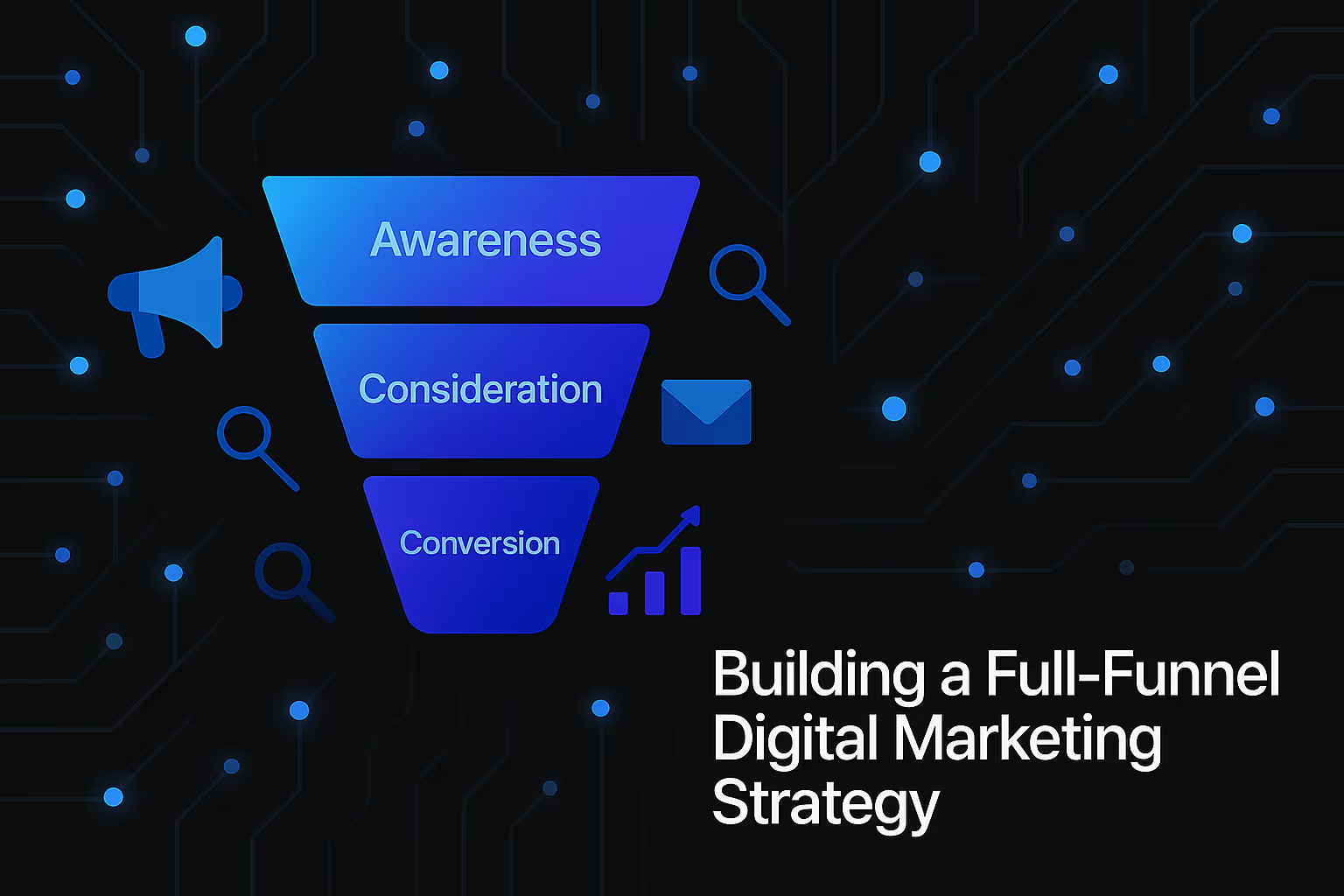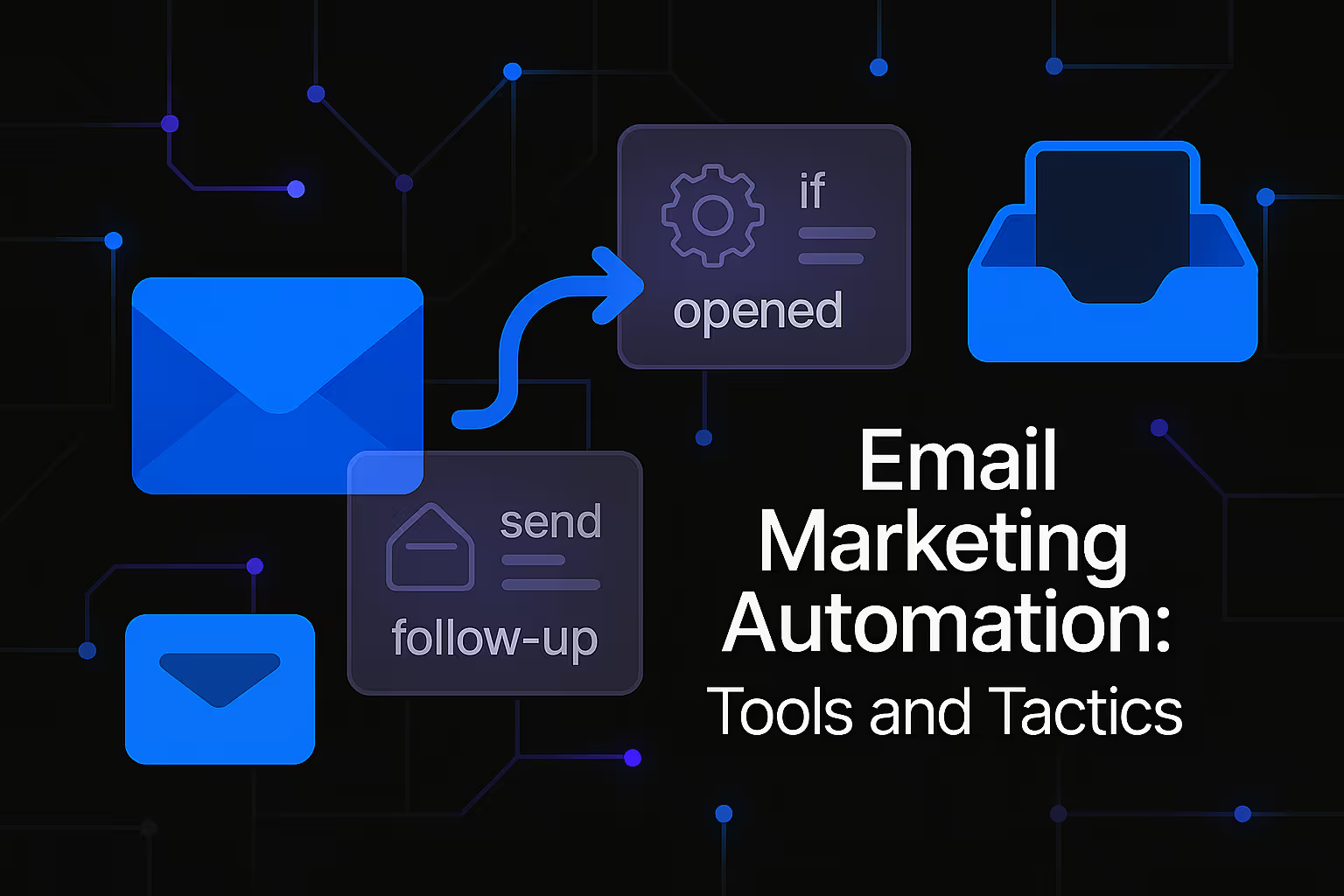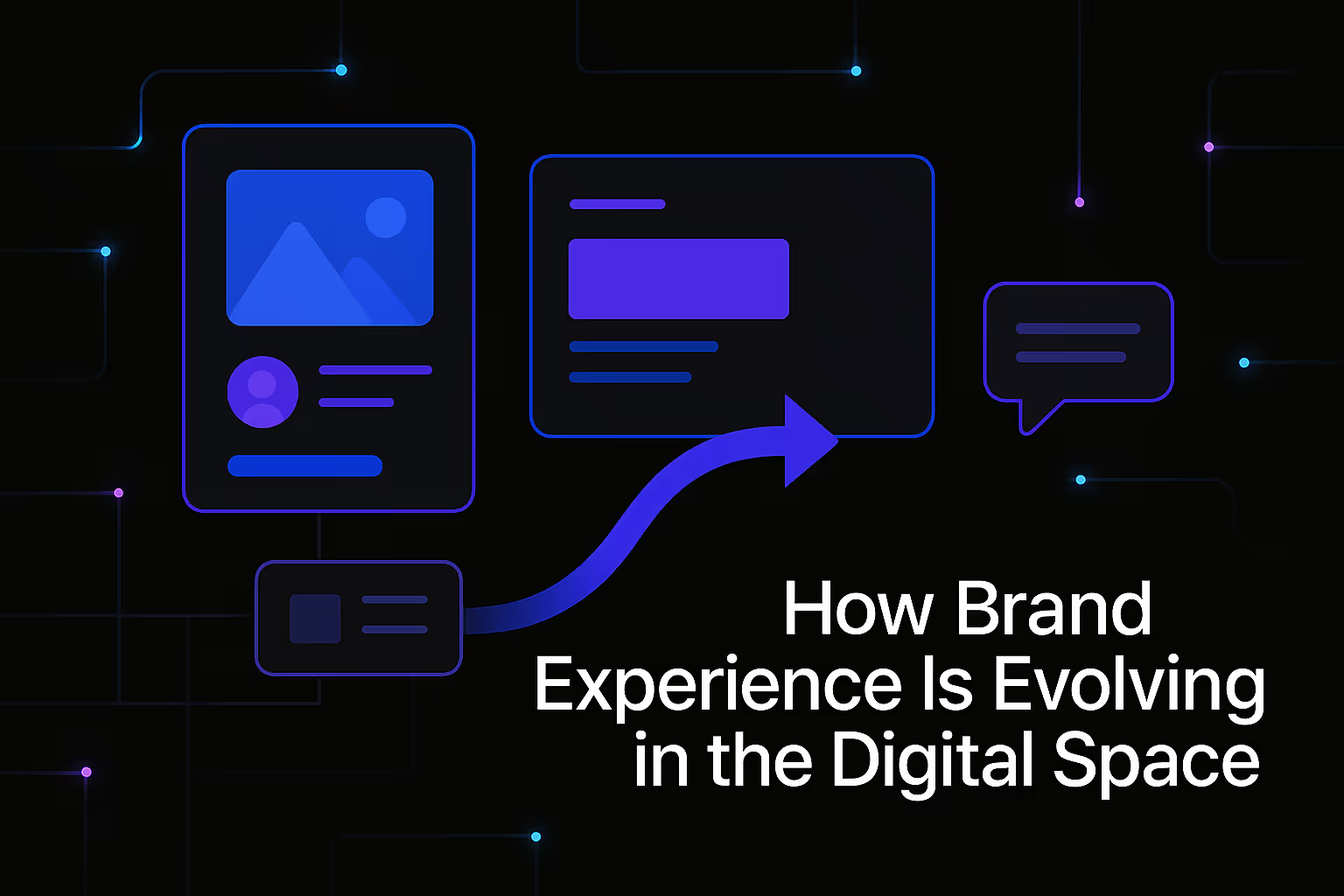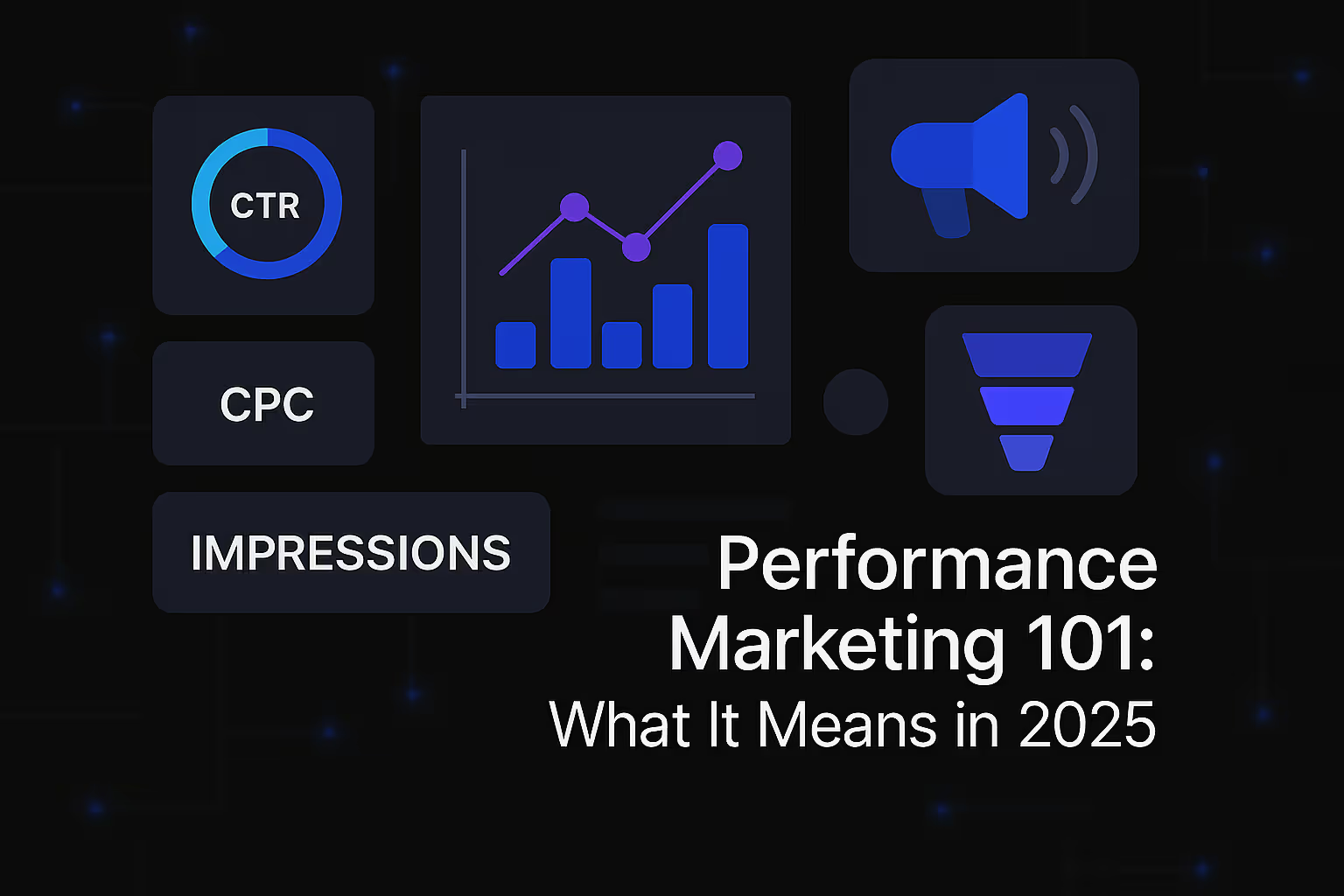Building a Full-Funnel Digital Marketing Strategy

In the ever-evolving digital landscape, success hinges not merely on isolated campaigns but on a cohesive, comprehensive strategy that guides potential customers through every stage of their journey. A full-funnel digital marketing approach is the strategic bedrock upon which sustainable online growth is built, transforming fleeting interest into lasting loyalty. It's about understanding that every interaction, from the first touchpoint to post-purchase engagement, contributes to a holistic narrative that resonates with the audience and ultimately drives business objectives. This integrated perspective moves beyond siloed marketing efforts, fostering a seamless experience that anticipates needs, answers questions, and builds genuine connections, all while optimizing for visibility and engagement within the vast digital realm.
Understanding the Full-Funnel Approach in the Digital Landscape
A full-funnel digital marketing strategy meticulously maps out the customer's progression, recognizing that individuals at different stages of their purchasing journey require distinct types of content, channels, and engagement. It acknowledges that a singular message or a single marketing tactic will not suffice to capture and convert an audience effectively. Instead, it advocates for a layered approach, where each marketing effort is strategically designed to address specific needs and behaviors prevalent at each stage of the funnel. This strategic foresight allows businesses to maximize their reach, deepen engagement, and ultimately, enhance their conversion rates by providing the right information to the right person at precisely the right moment.
Beyond the Sale: A Holistic View of the Customer Journey
Traditionally, marketing funnels often focused predominantly on the path to a single transaction. However, the modern digital landscape demands a more expansive view. A true full-funnel strategy extends far beyond the point of sale, embracing the critical phases of loyalty and advocacy. It recognizes that a satisfied customer is not merely a one-time purchaser but a potential brand advocate, capable of amplifying reach and influence through word-of-mouth and positive reviews. This holistic perspective ensures that resources are allocated not just to acquiring new customers but also to nurturing existing relationships, fostering repeat business, and cultivating a community of loyal supporters. This long-term vision is crucial for sustainable growth and establishing a resilient brand presence.
The Strategic Imperative: Why a Full-Funnel Strategy Matters
In an increasingly competitive digital environment, a fragmented marketing approach is a recipe for inefficiency and missed opportunities. Without a unified strategy, businesses risk spending valuable resources on tactics that don't align with the customer's current mindset, leading to diluted impact and suboptimal results. A full-funnel strategy, however, provides a clear roadmap, ensuring that every piece of content, every ad, and every social media post works in concert towards a common goal. It enables precise targeting, personalized messaging, and a more efficient allocation of marketing spend, ultimately leading to a higher return on investment. Moreover, by continuously adapting to user behavior and search engine evolution, such a strategy fosters a dynamic and responsive marketing ecosystem.
Phase 1: Awareness – Capturing Attention and Building Initial Visibility
The top of the funnel is all about expanding reach and introducing your brand or solutions to a broad audience who may not yet be familiar with you. At this stage, the primary objective is to generate widespread visibility and pique initial interest. This is where your brand begins to establish its presence and lay the groundwork for future interactions. The content and channels utilized here are designed to cast a wide net, attracting individuals who are just beginning to explore a particular problem or need, without necessarily seeking a direct solution yet.
Content for Discovery: Attracting a Broad Audience
Content at the awareness stage should be highly informative, engaging, and broadly appealing, focusing on general topics relevant to your industry or the problems your target audience faces. Think blog posts, infographics, educational videos, and thought leadership articles that address common pain points or provide valuable insights. The aim is to answer fundamental questions, establish your brand as a helpful resource, and gently guide users towards considering their options. This content should prioritize a "people-first" approach, delivering genuine value that educates and informs, rather than directly selling. It’s about building a foundational connection through useful and trustworthy information.
SEO for Awareness: Semantic Targeting and Authority Building
For awareness-stage content to achieve maximum visibility, a robust SEO strategy is paramount. This involves moving beyond simple keyword matching to embrace a deep semantic understanding of user queries and broader topic clusters. Instead of targeting isolated terms, focus on optimizing for broad, high-volume keywords and related concepts that resonate with the initial stages of research. This means creating comprehensive content that addresses a wide range of related questions and builds topical authority. Establishing E-E-A-T (Experience, Expertise, Authoritativeness, and Trustworthiness) is critical here, as search engines favor content from credible sources. By demonstrating deep knowledge and providing reliable information, your content is more likely to rank well and capture the attention of a wide audience. Building strong internal linking structures and earning high-quality backlinks also contribute significantly to authority and discoverability at this foundational stage.
Channel Activation: Spreading the Message Far and Wide
At the awareness stage, a diverse channel strategy is essential to maximize reach. Organic search, fueled by strong SEO, is a primary driver, but it should be complemented by other channels. Social media platforms are excellent for content distribution and brand exposure, allowing you to share valuable insights and engage with a wider audience. Paid advertising, particularly display ads or social media ads targeting broad demographics, can accelerate visibility and drive initial traffic. Influencer marketing can also be highly effective in introducing your brand to new audiences through trusted voices. The key is to be present where your potential customers are, consistently delivering valuable content across multiple touchpoints to ensure your brand remains top of mind.
Phase 2: Consideration – Nurturing Interest and Educating Prospects
Once initial awareness is established, the consideration stage focuses on deepening engagement and providing more detailed information. At this point, your audience is actively researching solutions, comparing options, and seeking answers to more specific questions. The objective shifts from broad visibility to nurturing interest, educating prospects about your unique value proposition, and guiding them further down the funnel. This phase is crucial for building trust and demonstrating how your offerings directly address their emerging needs.
Content that Solves: Addressing Specific Needs and Questions
Content for the consideration stage should be more specific and problem-solution oriented. This includes in-depth guides, case studies, whitepapers, webinars, product comparisons, and detailed articles that delve into the specifics of challenges and how your solutions can mitigate them. The goal is to provide comprehensive answers to precise questions, demonstrating your expertise and showing how your product or service stands out. This content empowers prospects to make informed decisions by providing them with the necessary details to evaluate their options thoroughly. It emphasizes demonstrating rather than simply stating value, building a stronger case for your offerings.
SEO for Consideration: Deep Dive into User Intent and Long-Tail Keywords
SEO at the consideration stage demands a keen understanding of user intent and a focus on long-tail keywords. Prospects at this stage are using more specific, often question-based search queries as they narrow down their choices. Your content needs to be optimized to directly answer these intricate questions, reflecting a deeper understanding of their pain points and desired outcomes. This involves crafting detailed, authoritative content that not only includes relevant long-tail keywords but also semantically addresses the underlying intent behind them. For example, instead of just "marketing software," a prospect might search for "best CRM for small businesses with sales automation." Your content should directly address this specific need, showcasing your expertise and trustworthiness by providing comprehensive, reliable information that guides their evaluation process. This reinforces your E-E-A-T and positions your brand as a go-to resource for solutions.
Engaging Channels: Facilitating Deeper Interactions
Channels at the consideration stage are designed to foster deeper engagement and facilitate more direct interaction. Email marketing becomes a powerful tool for nurturing leads, delivering personalized content, and moving prospects through automated sequences. Retargeting campaigns can remind users of their previous interest and encourage them to revisit your site. Interactive content, such as quizzes, calculators, or product demos, can further engage prospects and provide immediate value. Webinars and online workshops offer opportunities for live interaction and detailed explanations, allowing prospects to ask questions and gain deeper insights. Social media can also be used for more targeted discussions and responding to specific queries, further solidifying your brand's helpful presence.
Phase 3: Decision – Converting Prospects into Valued Customers
The decision stage is the critical juncture where prospects are ready to make a purchase or commit to your service. At this point, they have already evaluated their options and are looking for that final push, the ultimate reassurance that your solution is the right one for their needs. The marketing efforts at this stage are highly focused on conversion, aiming to streamline the path to purchase and overcome any remaining hesitations.
Content that Convinces: Highlighting Value and Inspiring Action
Content at the decision stage should directly address purchase intent and instill confidence. This includes product pages with detailed specifications, clear pricing, customer testimonials, case studies focused on return on investment, free trials, demonstrations, and compelling calls to action. The goal is to eliminate any friction points in the conversion process, providing all necessary information and social proof to validate their choice. Emphasize the unique benefits, demonstrate how your solution solves their specific problem better than alternatives, and make it easy for them to take the desired next step. This content should be concise, persuasive, and designed to move the prospect seamlessly towards conversion.
SEO for Decision: Optimizing for Conversion-Oriented Queries
SEO at the decision stage is all about optimizing for highly specific, conversion-oriented queries. These are often commercial keywords that indicate a strong intent to buy, such as "best price for [product]," "buy [product name]," or "[service] comparison." Your product and service pages must be meticulously optimized with these exact match keywords, ensuring clear, compelling descriptions, and transparent pricing. Technical SEO elements like fast page load times, mobile responsiveness, and secure checkout processes become even more critical here, as any friction can lead to abandonment. Implementing schema markup for products, reviews, and local business information can significantly enhance visibility in search results and build immediate trust. The content should clearly articulate the value proposition and make the conversion path as intuitive as possible, reinforcing the trustworthiness that has been built throughout the funnel.
Conversion Pathways: Streamlining the Journey to Purchase
Beyond content and SEO, the decision stage requires meticulously optimized conversion pathways. This involves clear calls to action (CTAs), intuitive navigation, simplified checkout processes, and readily available customer support options. A/B testing different elements, such as button colors, copy, and form fields, can help identify what resonates most effectively with your audience. Providing various payment options and transparent shipping information, if applicable, further reduces friction. Retargeting campaigns can be particularly potent here, reminding prospects of items left in their cart or offering limited-time incentives to encourage immediate action. The entire journey from initial interest to final purchase should be as smooth and frictionless as possible, making it effortless for the customer to complete their transaction.
Phase 4: Loyalty and Advocacy – Fostering Lasting Relationships
The customer journey does not end with a sale; in fact, it often marks the beginning of a new phase: building loyalty and cultivating advocacy. This crucial stage is about nurturing existing customer relationships, ensuring their satisfaction, and encouraging them to become repeat buyers and enthusiastic brand advocates. Focusing on this phase is incredibly cost-effective, as retaining an existing customer is significantly less expensive than acquiring a new one. Moreover, loyal customers often become powerful marketing assets through their recommendations and positive word-of-mouth.
Content for Retention: Delivering Ongoing Value
Content for the loyalty stage is focused on post-purchase support, education, and continued engagement. This includes tutorials, user guides, FAQs, troubleshooting tips, advanced usage techniques, exclusive content for customers, and personalized recommendations. The goal is to ensure customers get the most out of their purchase, address any potential issues, and demonstrate ongoing value. Regular newsletters, exclusive offers, and community forums can also foster a sense of belonging and keep customers engaged with your brand. By consistently providing helpful and relevant information, you reinforce their decision to choose you and deepen their connection.
SEO for Loyalty: Brand Building and Reputation Management
While traditional SEO often focuses on acquisition, it plays a subtle yet significant role in fostering loyalty and advocacy through brand building and reputation management. Optimizing for branded search queries, ensuring a strong presence for customer support terms, and actively managing online reviews are all critical. Search engines increasingly factor in brand signals and user sentiment. By providing exceptional customer service and encouraging positive reviews on relevant platforms, you enhance your brand's authority and trustworthiness in the eyes of both existing customers and potential new ones. Monitoring online mentions and responding proactively demonstrates commitment to customer satisfaction, which indirectly boosts your overall SEO standing by improving brand perception and E-E-A-T.
Activating Advocates: Encouraging Sharing and Reviews
To cultivate brand advocates, you need to provide opportunities and incentives for customers to share their positive experiences. This involves actively soliciting reviews on popular platforms, implementing referral programs, creating shareable content, and encouraging user-generated content like testimonials or case studies. Make it easy for satisfied customers to spread the word about your brand, whether through social media sharing buttons, dedicated review pages, or simple email prompts. Recognizing and rewarding advocates, even with small gestures, can significantly amplify their willingness to promote your brand. This organic amplification not only expands your reach but also provides powerful social proof that resonates deeply with prospective customers, leveraging authentic voices to build trust.
The Underpinning Pillars: Cross-Funnel SEO and Technical Excellence
A full-funnel digital marketing strategy, regardless of how meticulously planned, cannot achieve its full potential without a steadfast commitment to foundational SEO principles and technical excellence. These are the silent engines that power visibility, discoverability, and the seamless user experience across every stage of the customer journey. Neglecting these core elements means sacrificing reach, frustrating users, and ultimately undermining even the most creative content and brilliant campaigns.
E-E-A-T Across Every Stage: Building Unwavering Trust
The principles of Experience, Expertise, Authoritativeness, and Trustworthiness (E-E-A-T) are not confined to a single stage of the funnel; they are pervasive and essential throughout. From awareness-stage articles establishing your industry expertise to decision-stage product pages showcasing customer testimonials and post-purchase support demonstrating reliable service, E-E-A-T must be deeply embedded in every piece of content and every interaction. Search engines heavily weigh these factors when determining ranking, and users naturally gravitate towards brands they perceive as credible and reliable. By consistently demonstrating these qualities, you build a robust foundation of trust that encourages prospects to move through the funnel and fosters long-term loyalty. This extends to transparency, data security, and ethical practices in all your digital endeavors.
Technical SEO: The Silent Engine of Full-Funnel Success
Even the most compelling and relevant content will struggle to perform if it's not discoverable and properly indexed by search engines. Technical SEO forms the essential infrastructure for a successful full-funnel strategy. This includes optimizing website speed, ensuring mobile responsiveness, structuring data with schema markup, implementing proper crawlability and indexability, managing sitemaps and robots.txt files, and addressing broken links or duplicate content. A technically sound website provides a smooth user experience, which is increasingly a ranking factor, and ensures that search engine crawlers can efficiently understand and categorize your content. From the very first impression at the awareness stage to the seamless checkout experience at the decision stage, technical SEO underpins every interaction, ensuring your content is accessible and performs optimally. Ignoring these foundational elements is akin to building a magnificent house on a shaky foundation.
Analytics and Iteration: The Loop of Continuous Improvement
A full-funnel digital marketing strategy is not a static blueprint but a dynamic, living entity that requires constant monitoring, analysis, and refinement. Leveraging analytics tools to track key performance indicators (KPIs) at each stage of the funnel is paramount. This involves understanding traffic sources, engagement metrics, conversion rates, and customer lifetime value. By meticulously analyzing this data, businesses can identify bottlenecks, pinpoint areas for improvement, and understand what truly resonates with their audience. The digital landscape is in perpetual motion, with search algorithms evolving, user behaviors shifting, and new technologies emerging. Therefore, a commitment to continuous learning and adaptation is vital. Regularly testing new content formats, refining keyword strategies based on semantic trends, optimizing calls to action, and adjusting channel allocation ensures that your full-funnel strategy remains agile, effective, and always aligned with the latest best practices for unparalleled online success.
Integrating Strategy for Sustainable Growth
Building a full-funnel digital marketing strategy is a complex yet immensely rewarding endeavor. It demands a holistic perspective, a deep understanding of the customer journey, and an unwavering commitment to both content excellence and technical SEO precision. By strategically aligning content, channels, and optimization efforts with each stage of the funnel – from building initial awareness and nurturing consideration to driving decisive action and fostering lasting loyalty – businesses can create a truly integrated and highly effective online presence. This comprehensive approach not only maximizes reach and conversions but also cultivates genuine customer relationships, ultimately laying the groundwork for sustainable, long-term success in the competitive digital arena. The continuous cycle of analysis and adaptation ensures that your strategy remains robust, responsive, and ready to meet the ever-changing demands of the digital world.
Similar Insights
Stay Updated with Our Insights
Join our newsletter for the latest trends and tips in web development and digital marketing.




